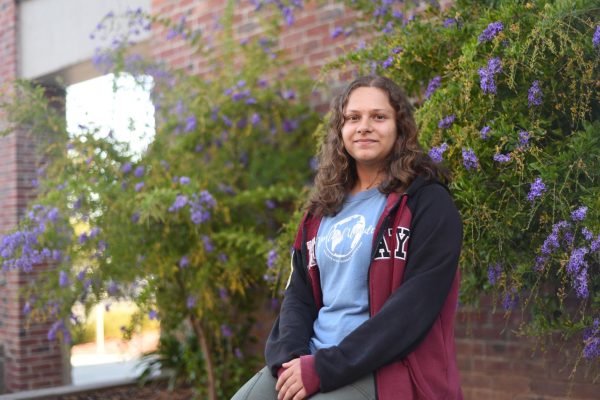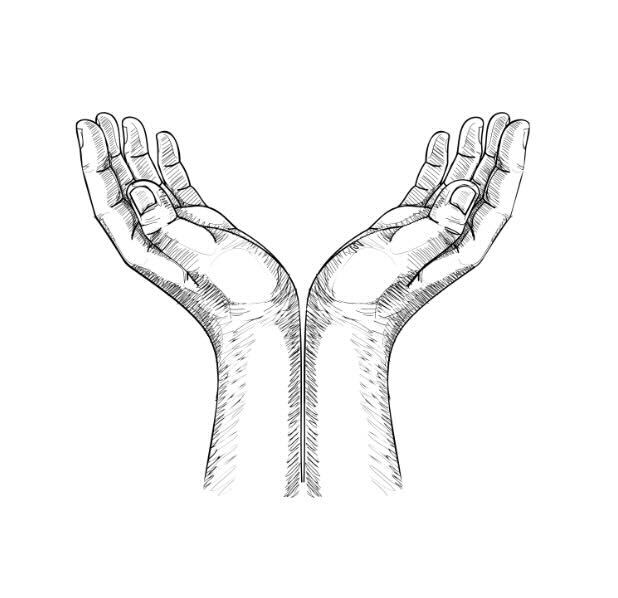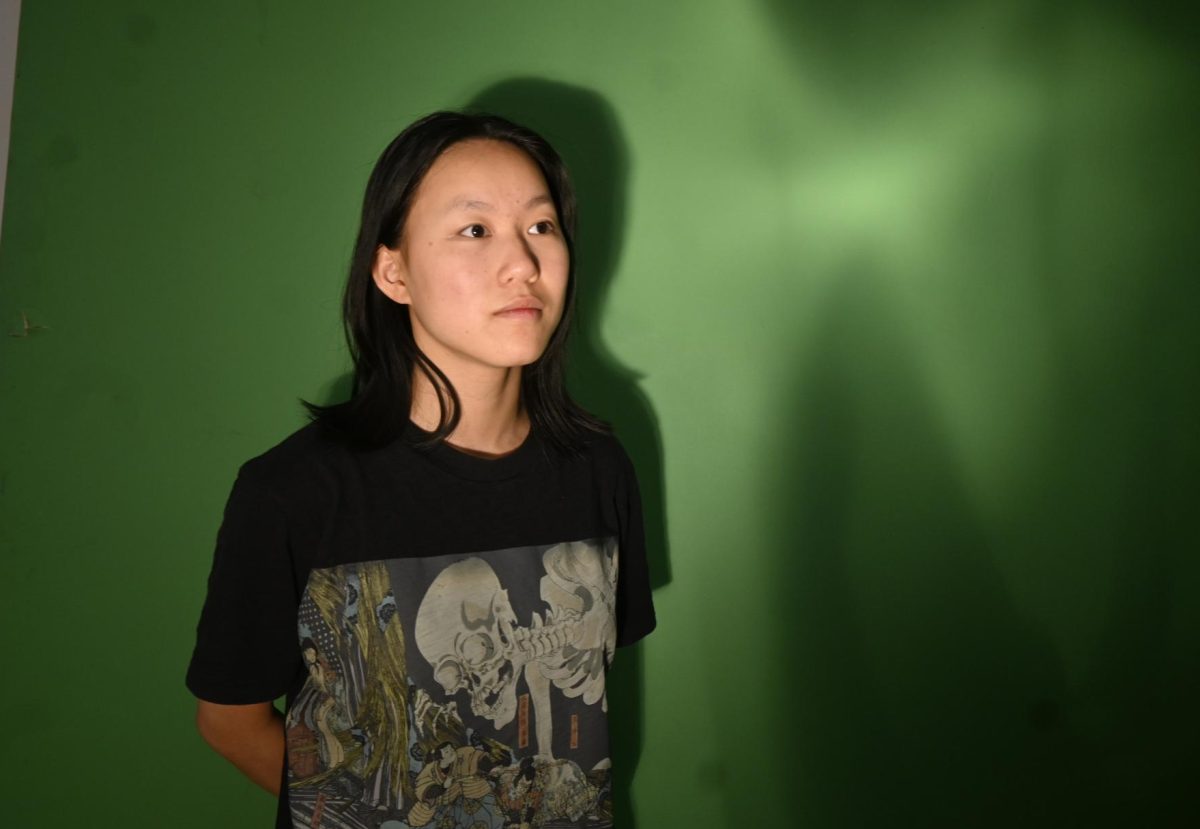English teacher Jessica Kaufman first implemented her “cell phone jail” after the COVID-19 pandemic. The aptly named rectangle of pouches hang on the walls of both of Kaufman’s classrooms, and occasionally house students’ phones when she confiscates them for the class period. Kaufman decided to put them up after noticing an increase in phone usage and an overall decline in engagement among her students.
“I used to be able to say, you can have your phones out and respond to a text if you need to, and then just put it down,” Kaufman said. “That is no longer the case.”
On Sept. 23, 2024, Governor Gavin Newsom passed AB 3216 — a new state law requiring school districts and charter schools to implement policies that regulate the use of cell phones during school or school-sponsored events by July 1, 2026. Students will be allowed to use their cell phones in the case of an emergency, in which case the administrator or teacher will permit them to do so. Otherwise, students will be prohibited from using their phone. The legislation does not specify by which manner cell phone usage will be restricted. Newsom has stated his goal is to help students focus on academics and participating in class.
At MVHS, most teachers already have their own policies about phone use in their classes. While some teachers, like Kaufman, have implemented a “cell phone jail,” others allow students to use phones when it isn’t distracting to the class, such as when students have completed all of their classwork or close to the end of class time.
Still, Kaufman is worried that implementing the policy may add to her already heavy workload. She notes that since AB 3216 doesn’t specify how to go about implementing the proposed ban, the job of figuring it out and actually enforcing it falls onto teachers. Her lesson plans also occasionally include using phones, and she isn’t pleased about potentially having to change those. In contrast, Math teacher Josh Kuo argues that the ban could end up benefiting MVHS students, and says that as a Math teacher, his curriculum largely won’t be affected by it. He notes that it depends how teachers choose to adapt, since that’s all they can do.
Kuo also notes that everything that students use their phone for can be replaced by laptops, something that junior Mahathi Rajkumar points out is a major flaw in the concept of a cell phone ban.
“You can check everything you want on your computer,” Rajkumar said. “I feel like the main reason they’re banning phones is because they’re like ‘no social media.’ But I can open Instagram on my computer if I really wanted to.”
In this way, Rajkumar questions the ban’s efficacy, both because students can simply use their laptops instead and due to the struggles she anticipates with enforcing a cell phone ban. She cites her experience with the no-phone policy at Kennedy Middle School, which wasn’t an effective method of restricting cell phone use.
“I mean, how are they going to check?” Rajkumar said. “Even at Kennedy, we weren’t supposed to have them, but people were still chatting all the time on their devices. I don’t think it’s going to be very well enforced at MVHS, especially given how sneaky the usage can be. Like, you can just go to the bathroom and check your phone. We can’t just have security guards in the bathroom.“
Despite the argument that cell phones have a negative impact on students’ learning environment, Rajkumar believes that they can be positive as well. She mentions that in school, students rely on their phones to participate in class games like Kahoot or to contact their parents in the case of an emergency.
“I feel like prohibiting cell phone usage overall is excessive and unnecessarily prohibitive, because it’s not like we’re using our phones to do something bad,” Rajkumar said. “It’s usually for communication. That’s why we have a cellular device. That’s why it’s so popular.”
Rajkumar believes that it is important that students have access to electronic communication during school hours, especially with their parents. She points out how during the shelter-in-place following the shooter threat in November, most students had to quickly contact their parents. Additional barriers to phone access, such as pouches or collection containers that Kaufman foresees as possible manifestations of the ban, could hinder students’ communication in such emergencies.
Many teachers hold the same opinion that some cell phone use is essential in classrooms as technology becomes a larger presence in education and daily life. For that reason, Kuo mentions that he doesn’t restrict cell phone use in his class. He believes that students are capable of managing their own phone usage.
“It’s all about how much work you can get done, or how much learning you can do with or without it,” Kuo said. “It doesn’t matter if it’s phones or food or anything. If it doesn’t distract anybody, then I’m okay with it. If it becomes a problem, then I’ll have to address it.”
Kaufman also doesn’t believe the ban is necessary, but takes a different viewpoint. She says that students need to be educated about why technology is bad for them, and an outright phone ban is not the right way to go about it. She says that there is a lot more complexity to the issue that is not addressed by the vague, general nature of the phone ban, and its insinuation that adding a policy is an easy fix.
“We’re not actually treating the problem,” Kaufman said. “We’re just band-aiding it. The problem is that there is an actual cellphone, technology or social media addiction happening, which is causing these behaviors.”
Ultimately, Kaufman says cellphone usage in school is something that has become essential. Although it is still unclear how the cell phone ban will affect the MVHS community, Kuo notes that the legislation is simply a response to the changing technology of the modern age and the technological tendencies of youth.
“Technology keeps evolving and it keeps updating our lives every day,” Kuo said. “Every once in a while, you get a revolutionary change, like phones, Google search and now AI. All these things will keep happening. We just have to keep innovating and see what is the best for us.”












